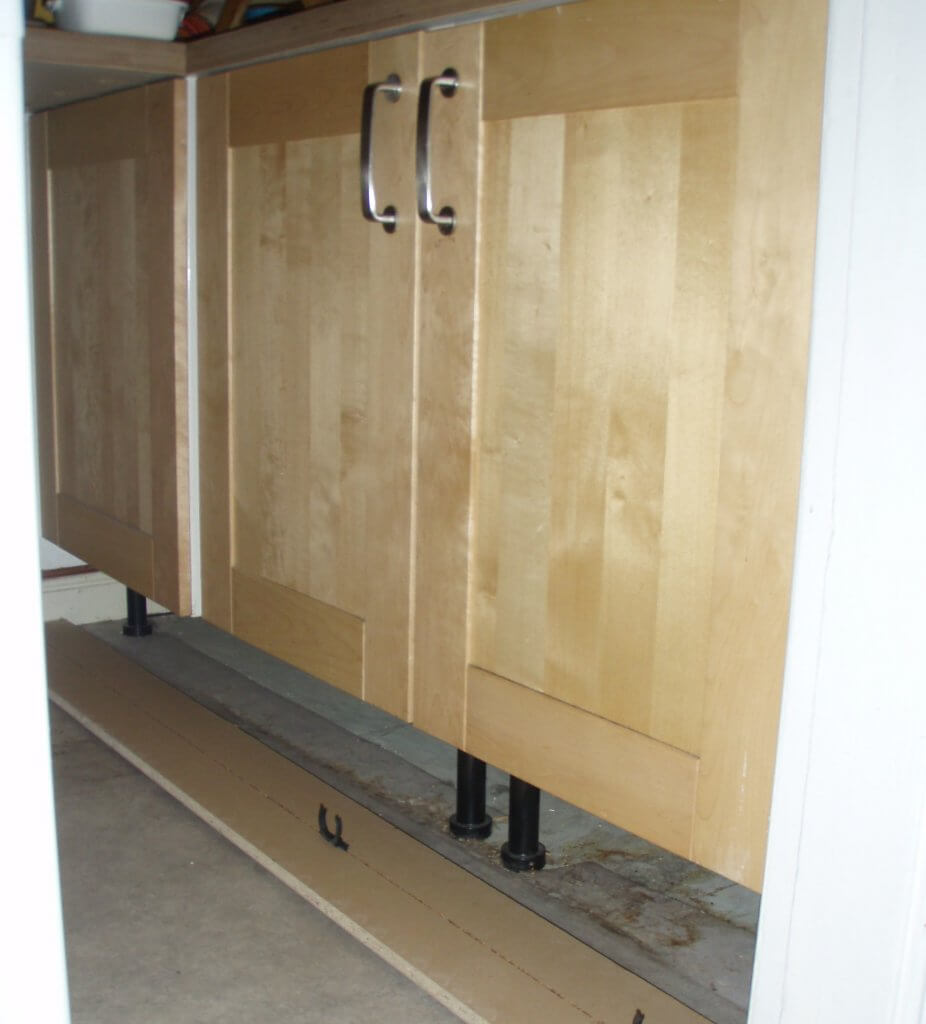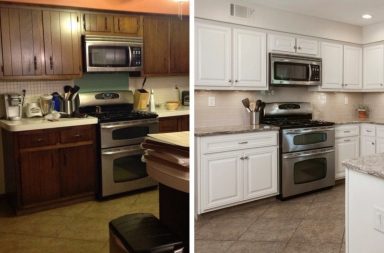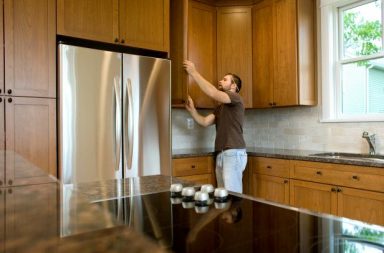Feeling an unwelcome chill in your kitchen? Cold drafts coming under kitchen cabinets when you least expect it can have a serious effect on your household. An inability to comfortably make use of the kitchen could be the least of it; that invasive breeze might cool off other areas of your home too. You want to get the source of the draft resolved to keep that cool air where it belongs: out!
Two situations where a surprise draft could rear its head include:
- Recently moved into a house: If you recently bought an older home, it wouldn’t be entirely unsurprising if you encountered some temperature problems. Beyond likely having little insulation to begin with, an old house could come with additional issues that contribute to the issue.
- Just finished a remodel: In some cases, at the conclusion of a remodel you may discover a new draft where before there was none. This could result from a lack of flush construction, or a previously covered vent may now be accessible.
In either case, living with your new frigid kitchen doesn’t seem like much of an option. But how do we figure out where the source of the problem lies?
Locating the Draft
Finding the source of intrusive cold doesn’t take a pro, and shouldn’t demand any magic words. It WILL take some perseverance and stubbornness on your part, however. The goal is to isolate exactly where the cool air is making its entrance without having to tear out all of your cabinets and dynamite your foundations.
- Investigate the other side of where you experience the drafts. This will likely be an exterior wall. Look for something obvious first, such as a microwave vent hole. Is it possible that any vent hole you discover is not being utilized by an appliance, and is just serving to allow cool air inside?
- Do you have a sink base cabinet? Check to see if there is proper caulking/sealing around the pipe where it emerges from the back of the cabinet.
- Do your cabinets have back panels, or do they open directly onto sheetrock?
- Are your cabinets old “built-ins”? This is the case if they are built directly into the framing and subfloor. If so, they may have been constructed with little regard for insulation.

DIY Ideas for Solving Your Frosty Fiasco
Once you’ve isolated the source of the cold air intrusion, it’s time for a targeted solution. In the majority of cases, this will be a relatively quick fix now that you know where it has to be implemented. Outside of some caulking, insulation, and putty you shouldn’t need much in the way of supplies.
 If your issue boils down to an exterior vent hole, then it should be sealed with 2-3” of rigid foam insulation, followed by sealing around the edges with spray foam. You will also want to set up a permanent solution for the vent hole on the interior of the house.
If your issue boils down to an exterior vent hole, then it should be sealed with 2-3” of rigid foam insulation, followed by sealing around the edges with spray foam. You will also want to set up a permanent solution for the vent hole on the interior of the house.- If you explore beneath your sink and find that insufficient sealing around your pipes is the culprit, attack the problem with caulk. If there’s too much space around the pipe use a rigid foam insulation first. Note that this problem could also occur with any plumbing pipes emerging from the basement without proper insulation where they enter the kitchen floor.
- If your cabinets open directly onto an exterior wall, or otherwise lack insulation, this is another job for rigid foam insulation. If the draft is coming from beneath the cabinets, remove the toe kick and get insulation installed under them.
- Finally, if you’re coping with antiquated cabinets that are resistant to your insulation efforts, you may want to consider picking up some new cabinets from an online kitchen cabinet retailer.


